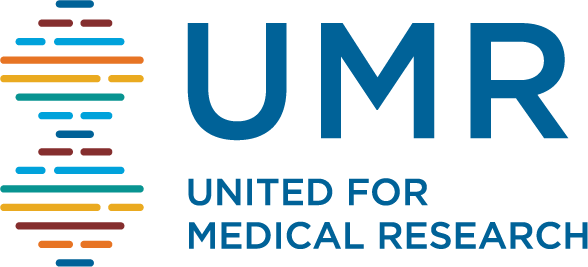April 11, 2017
UMR sent the following letter to House and Senate Appropriators
Dear Chairmen Cochran and Frelinghuysen and Ranking Members Leahy and Lowey:
On behalf of United for Medical Research (UMR), which represents leading scientific research institutions and industries, and health and patient advocates, we thank you for your important support of the National Institutes of Health (NIH) and urge you to stand firm in your support of the agency with a $2 billion annual increase for FY 2017 and FY 2018.
Thanks to your leadership, the NIH received its first significant budget increase in many years, of $2 billion in FY 2016. Congress’ strong, bipartisan passage last year of the 21st Century Cures Act marked another important milestone by providing a temporary funding boost for a handful of specific NIH initiatives. However, to catch up and keep up from more than a decade of flat funding, the NIH budget requires building on the additional funds in FY 2016 and providing for a steady $2 billion annual funding increase in FY 2017 and in FY 2018.
As you are aware, amazing medical advances are happening every day because of NIH, touching the lives of many children and adults through its discovery-driven research. These stories of triumph over disease are providing hope to millions of patients whose diseases and conditions await the next generation of treatments or cures. Pulling back now would undo a two-year bipartisan effort to ensure that NIH is treated as a national priority.
In addition to saving lives and improving health, NIH is a catalyst for economic growth. In fact, a new 2017 analysis by UMR shows that NIH supports nearly 380,000 jobs and $65 billion in economic activity across the United States, underscoring how the agency’s return on investment applies to the economy as well. The impact of the FY 2016 increase in NIH funding alone has already created 27,122 jobs and generated more than $4 billion in economic activity.
NIH-funded research is an engine for medical and economic progress, and few agencies – if any – have a higher return on investment. Now is not the time to retreat from NIH’s unmistakable progress. Instead, Congress must renew its bipartisan commitment to this national treasure so we can continue advancements in research that will lead to cures and treatments for deadly diseases like cancer, heart disease, Alzheimer’s and ALS.
UMR greatly appreciates your leadership on this issue, and we urge your continued stalwart support of NIH with a steady $2 billion annual funding increase in FY 2017 and FY 2018 appropriations.
Sincerely,
Lizbet Boroughs
Associate Vice President for Federal Relations
Association of American Universities
President, United for Medical Research
Sue Nelson
Vice President, Federal Advocacy
American Heart Association
Treasurer, United for Medical Research
Jennifer Grodsky
Vice President, Federal Relations
Boston University
Secretary, United for Medical Research
Danny Ly
Director, Public Policy & Government Relations
BD (Becton, Dickinson and Company)
Board Industry Liaison, United for Medical Research
